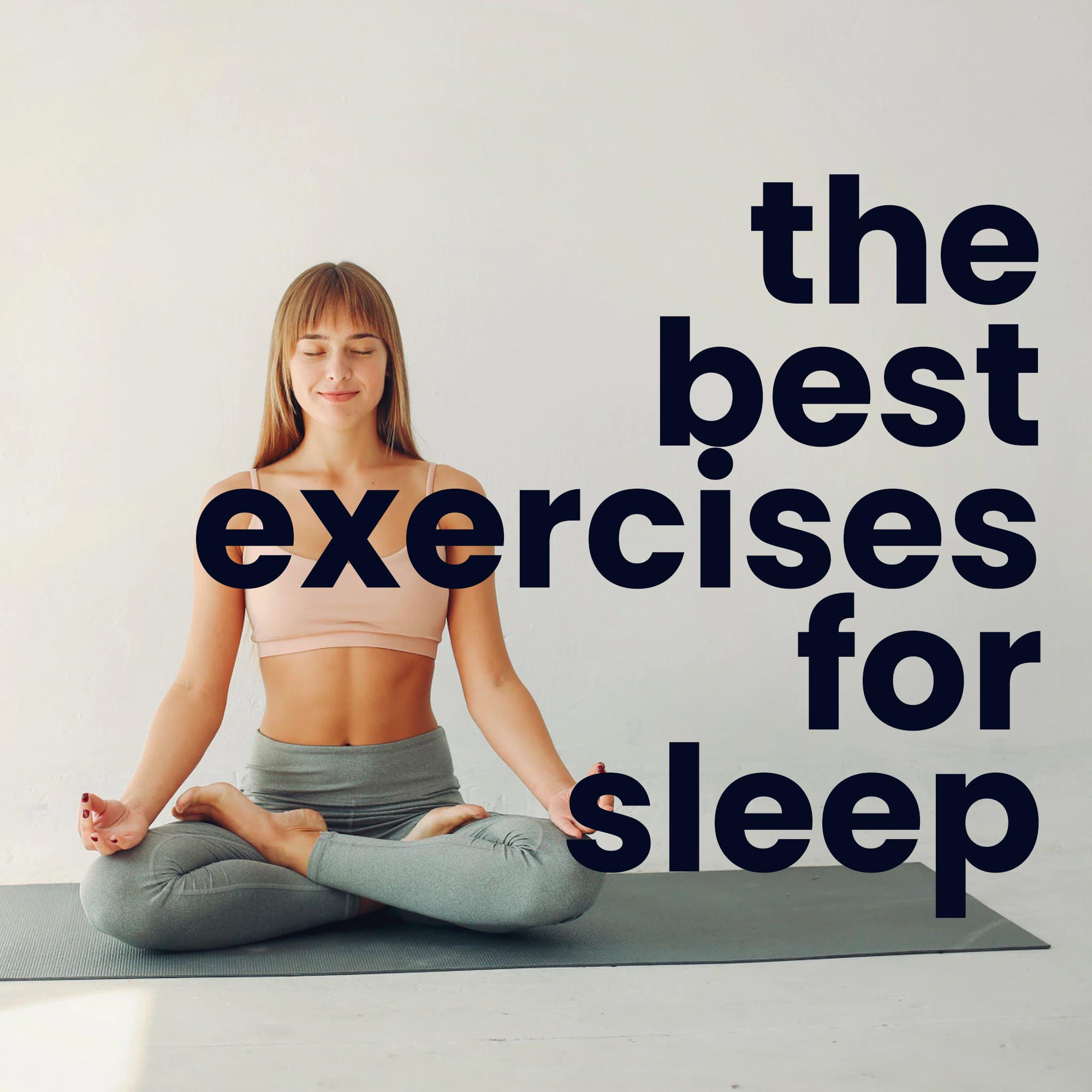Join our newsletter
Subscribe to our newsletter to receive updates and special offers
By subscribing you agree to our Terms & Conditions & Cookies Policy

Written By Giselle
A lot of studies have analyzed the relationship between sleep and exercise, results of these studies vary depending on the age, health status, and intensity of exercise of the subjects being studied. For example, a poll conducted by the National sleep foundation in 2003 surveyed adults between 55 and 84. 52% claimed they exercised more than thrice weekly, and 24% exercised less than twice weekly. The latter group was more susceptible to sleep disorders, found it difficult to fall asleep, and had poor sleep quality.
Sleep in America poll 2013 surveyed respondents between 23 and 60 on “exercise and sleep.” 76-83% of respondents who exercised experienced better sleep. For those who did not exercise, the reverse was the case.
Not only does exercise help one in falling asleep, but it also increases sleep time and quality. However, we must be careful about how we go about it. Experts suggest that individuals avoid high-intensity exercise and certain types of exercise just a few minutes before bedtime should be avoided as it is bad for sleep. We must know the exercises that promote good sleep.
Examples of aerobic exercise include: running, jogging, walking, jumping rope, etc. You can carry it out at various intensities.
At moderate intensity, you sweat, and your heart rate increases a little bit. Examples include trekking, brisk walking, and jumping rope at a slow pace.
At high intensity, your heart rate is elevated. Examples include running, jogging, swimming, jumping rope, and at a fast pace.
The best means of ascertaining the intensity of an exercise is by evaluating rest time in between running time-lapse. Rest indicates a brief recess after a time interval of an exercise. A lapse is a time interval for cardio. When you increase your trekking time interval, reduce your rest time to a few seconds before resuming trekking. You are moving at a high intensity. But when you increase your rest time and reduce trekking time, you are moving at a moderate intensity. So the rest time in-between training lapses determines the rate of intensity.
An informal way of measuring intensity is the breathing test. During moderate-intensity exercises, you can catch up with your breath and even talk when exercising. For vigorous-intensity exercise, most people cannot catch their breath at some point talkless to discussing at that pace!
Studies show that regular cardio can improve sleep quality. Even low to moderate-intensity exercises can reduce the debilitating effects of sleeping disorders like sleep apnea.
The key to an effective strength Training regime is its repetition and the principle of progressive overload as each exercise is performed to the point of failure ( where the trainee cannot go beyond a rep). The body adapts to it by building more muscle fibers to adapt to its stress. The accumulated stress leads to a stronger trainee who can go above his previous limit in strength and workload. As he continues to overload himself, his body adapts, and he gets stronger! And give him a more attractive shape and figure!
Some strength training exercises examples include; bench press, dumbbell squats, pull over, barbell squats, dumbbell lateral raise, military press, etc.
Sometimes strength Training does not require that one trains with weights or objects. There are some good strength training exercises that someone can do from the comfort of one’s home without the help of a spotter.
Examples include; press-ups, sit-ups, jumping jacks, etc.
Strength Training can be difficult for first-timers due to the pains experienced at first. But the body quickly adapts, and subsequent exercises are accompanied by much less bearable pain. It should not be viewed as a form of self-punishment. It’s just the body’s way of adapting to the stress put on it. First-timers should go for lighter weights, keep their reps within the range of 8-12 sets, three to five Training days per week and aim at 45-60 minutes per Training day. They can progressively increase their reps or workload weekly to the points they are comfortable with.
Just like cardio, resistance training can improve the quality of one’s sleep and reduce complications that occur from sleep-induced ailments. However, most people may prefer an exercise that has a gentler effect on the body while still enjoying a good sleep.
Some key facts to take note of
In conclusion, people who engage in moderate-intensity exercises a few hours before sleep will improve the quality of their sleep. Best exercises for sleep include but are not limited to; aerobic exercises ( brisk walking, jumping rope, jogging) and resistance training workouts (bench press, sit-ups, pullovers, squats, etc.). When exercising, we should exercise caution not to overdo it and experiment with various training regimes and times to find out what works best for them.